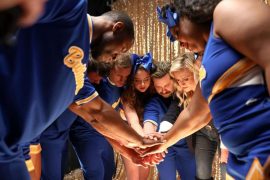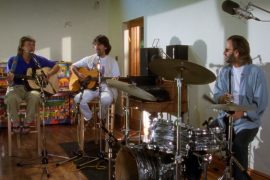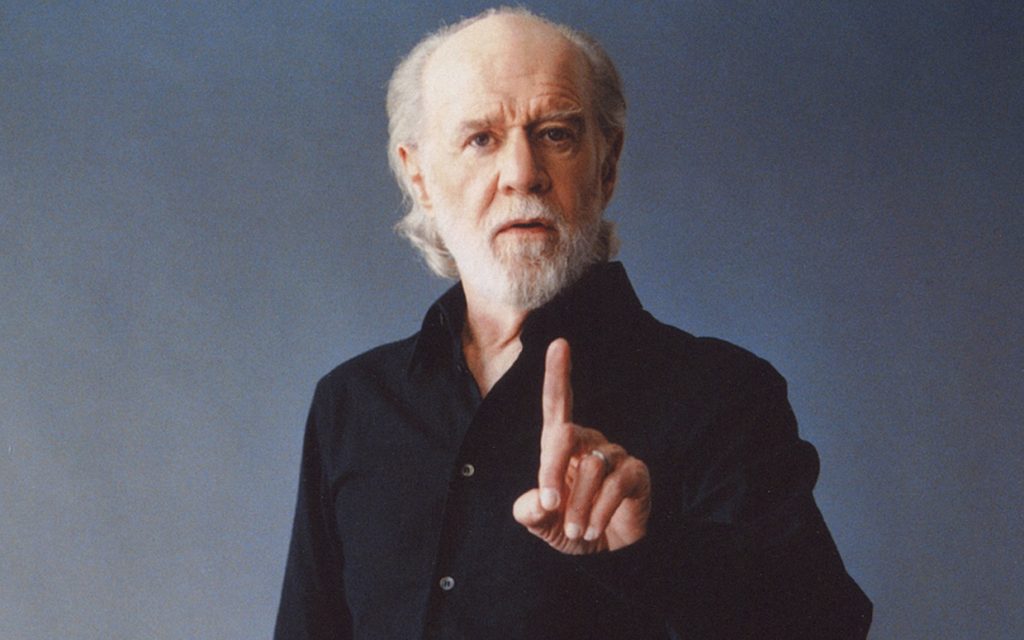
There was a point where George Carlin gave up on the human race.
The point is noted in the new two-part, four-hour documentary, “George Carlin’s American Dream,”which premieres Friday, May 18 on HBO and Crave.
As Carlin once famously said, “It’s the American dream, because you have to be asleep to believe it.”
I prefer to believe another point made in the doc: that Carlin never stopped trying to wake us all the eff up.
And that is what executive producer Judd Apatow and Michael Bonfiglio have seized upon. Carlin, as Apatow noted during a Television Critics Association viral press session last February, still has the best take on Twitter on just about any of today’s hot issues — despite the fact that he died at 71 in 2008.
The documentary punches that home toward the end of the four hours as Carlin’s words are juxtaposed in rat-tat-tat fashion against a backdrop of film clips of Donald Trump, the January 6 insurrection, gun violence and pandemic hysteria.
advertisement
“American Dream” is much more of a conventional, chronological journey than Apatow’s sensational “The Zen Diaries of Garry Shandling” (2018). In that one, Apatow drew on a trunk full of notes lefdt behind by Shandling, with many of the scriblings coming to life on screen in hand-written flashes of re-appearing ink.
There is some of that in the Carlin doc, but the difference is that much more of “American Dream” is told in Carlin’s voice. The comedian left behind many hours of recordings he made towards the end of his life with the intent to pull together an autobiography. Apatow and Bonfiglio write it for him here.
Carlin’s metamorphosis from square suit and tie to counter culture beard and hippy hair was more drastic than it was for most other comedians. A chamelion, he kept shape-shifting throughout his career; from “Occupation: Foole,” the title of an early comedy album, to America’s pissd off grandpappy.
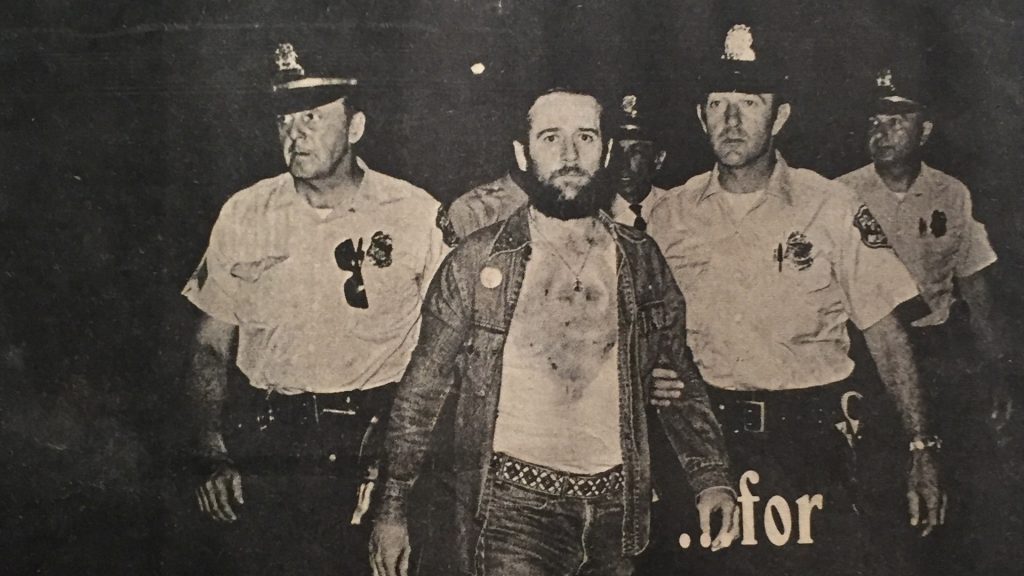
Although that’s probably what he’s best remembered for, he was so much more than the guy who spoke those seven words you can’t say on television. He was always an expert technical stand-up comedian who used language with precision. Chris Rock at one point marvels at how Carlin did “the hardest thing for the longest time” — stand up comedy.
Other comedians pay homage to the master. Stephen Colbert calls him The Beatles of comedy. Jerry Seinfeld says he wanted to be just like him. Jon Stewart says he was “so cool.” (Watch a great interview of Carlin from a young Jon Stewart here.)
Bill Burr tells a story when he and a friend went to heckle a washed-up Carlin at a concert in the ’90s and were blown away by the re-invigorated comedian’s “howitzer” approach.
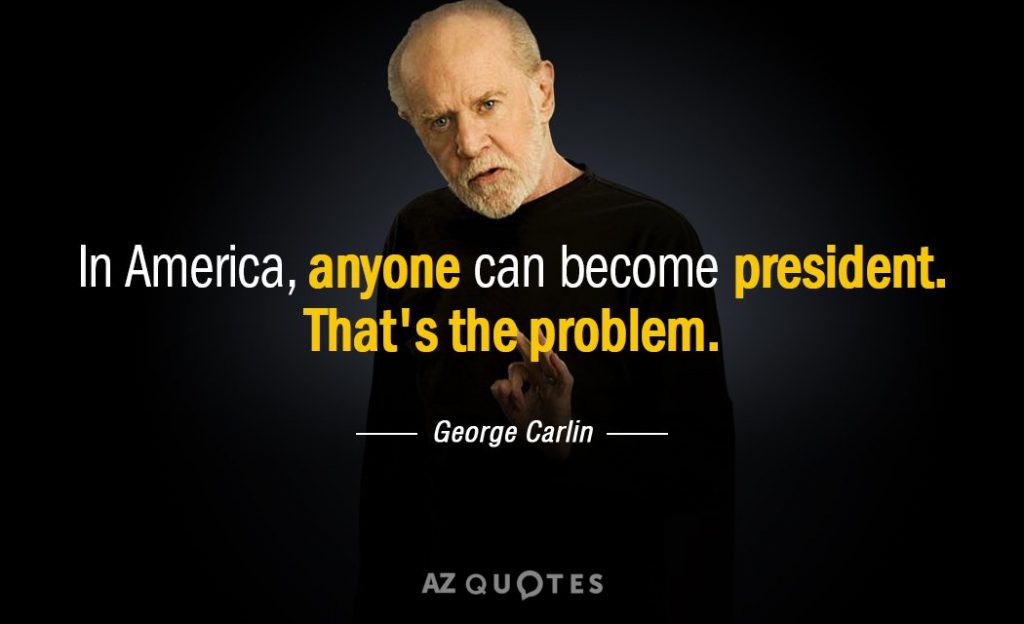
There are great clips, as well, of Carlin’s early years on Merv Griffin, Mike Douglas and Johnny Carson; on Carson alone he made over 100 appearances, many as guest host. One black and white clip of Carlin and Richard Pryor shows them side by side, the ying and the yang of modern stand-up comedy before both were released from their conventional, standard and practices cages.
Carlin’s forays into film and TV work is also explored. His daughter Tracy suggests her dad never gave up on his original dream to be a movie star; his early hero was Danny Kaye. Clips of him on everything from the “Bill & Ted’s Excellent Adventure” films to his five-year stint hosting PBS’s Shining Time Station are featured.
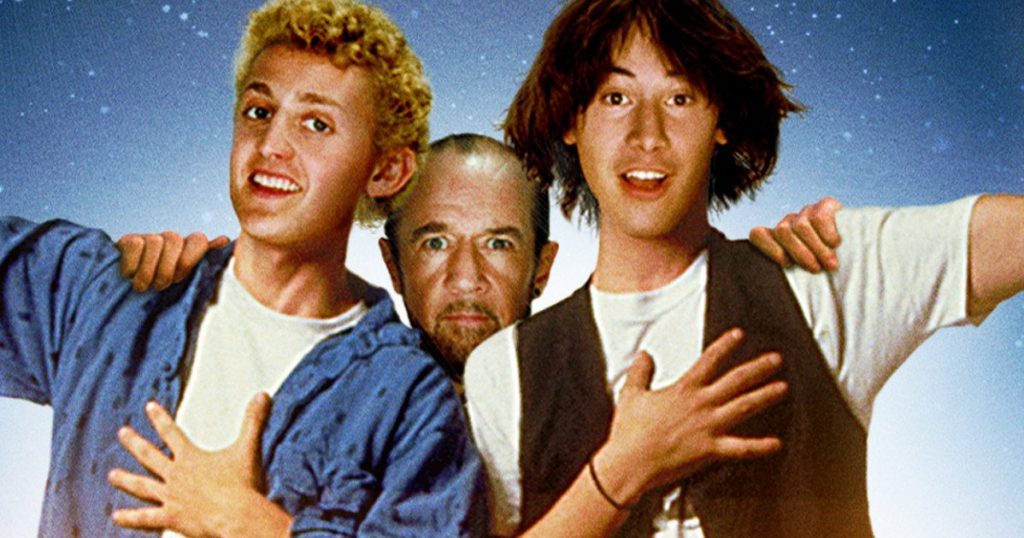
Carlin rarely delved into his personal life in his on-stage routines. Unlike Richard Pryor, who bared even his darkest thoughts, Carlin chose to reflect on the rest of humanity and the plight of everyone.
Among the producers of this documentary is Tracy Carlin, George’s daughter and only child. Now 58, she looks back at a dad she admired but who was too often on the road. She bore witness to the roller coaster marriage of Carlin and his first wife Brenda. Both partners battled addictions during their 30 years together. Carlin did acknowledge Brenda’s enormous contributions during the early stages of his career, where she served as manager, publicist and booking agent. As his career took off and they moved from New York to Los Angeles, a new manager and others took over the jobs Brenda once had. Bored and alone at home, she began to drink.
As Carlin’s career took off he got hooked on cocaine. Not a good combination.
The documentary, however, is also a love story, and we see the close bond the two had at times. Her death from liver cancer in 1997, and how Carlin almost missed their last moments together, sadly sum up much of their relationship.
Carlin found love again towards the end of his life. We meet his second wife, Sally Wade, who called him, “the sweetest person I think I ever met.”
The sweetness became less and less evident on-stage, although it emerges right up till the end in some back stage interactions with crew members. For many who grew up with the “hippy-dippy weatherman,” Carlin’s more strident and angry rants became a little too grim. Even the titles of his last few HBO specials didn’t sound like much fun: “Life is Worth Losing” (2005) and “It’s Bad for Ya” (2008). He wanted to call another show, “Fuck Hope.”
His even crankier and more irascible brother, Patrick Carlin, who died just last month, steals the doc with some of the more bracing insights on his brother. He’s like the Don Cherry of documentary commentators.
Again, some of the magic of the Shandling “Zen Diaries” doc is missing from “American Dreams.” Apatow was simply closer to Shandling, and there was a spiritual journey in the earlier project that is simply not the case in the latter. Carlin and Shandling were as different as Lennon and McCartney.
The triumph of Carlin, as with Lennon, is that his voice still resonates. All the searing cautions he left behind are still right there in front of us. The unpleasant truth of “George Carlin’s American Dreams” is that there is so much more work to be done to save humanity. The challenge for us all remains to wake up before it is all too late.
For more on George Carlin, follow this link to the feature I wrote up now at Everything Zoomer.




